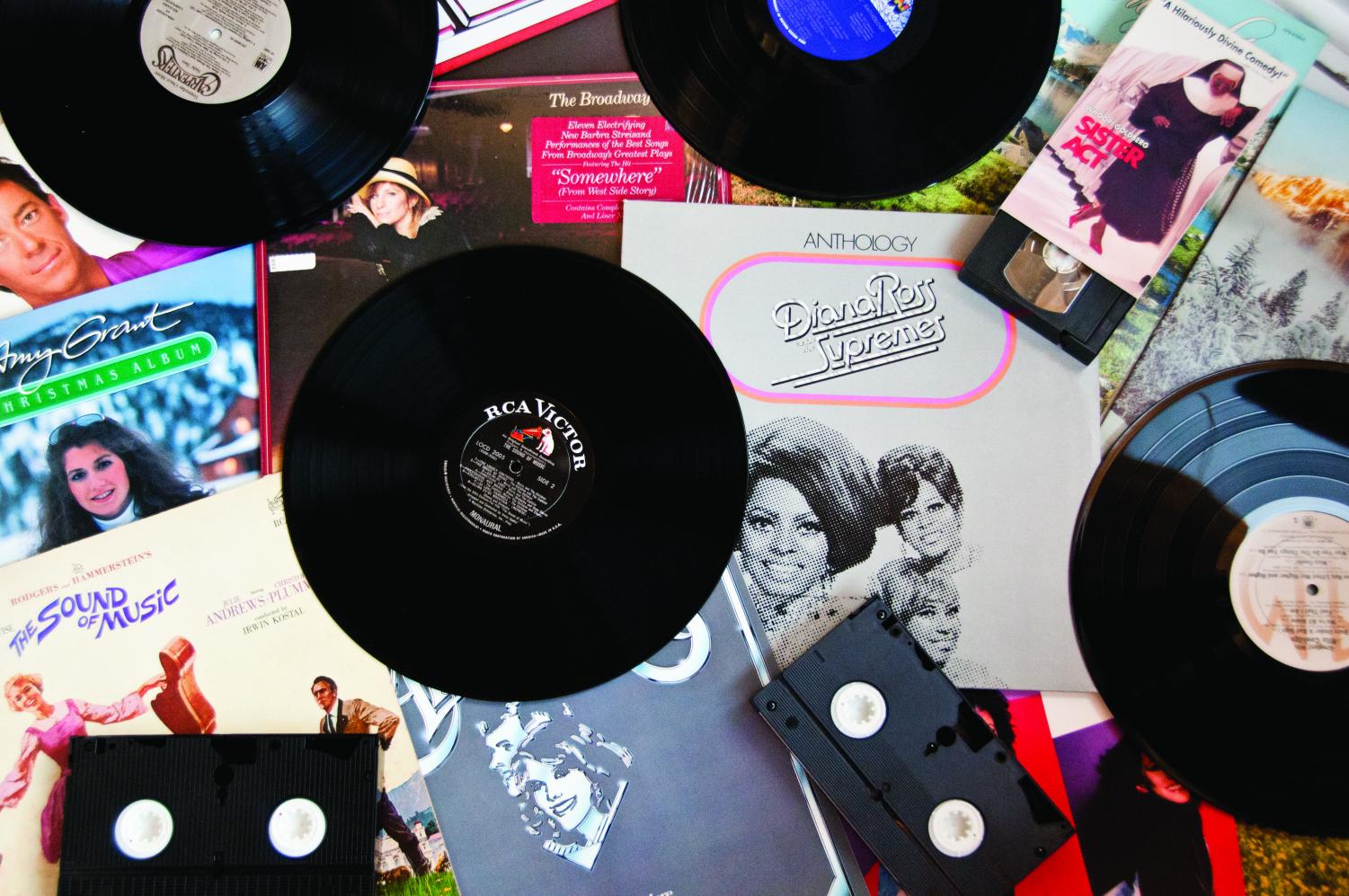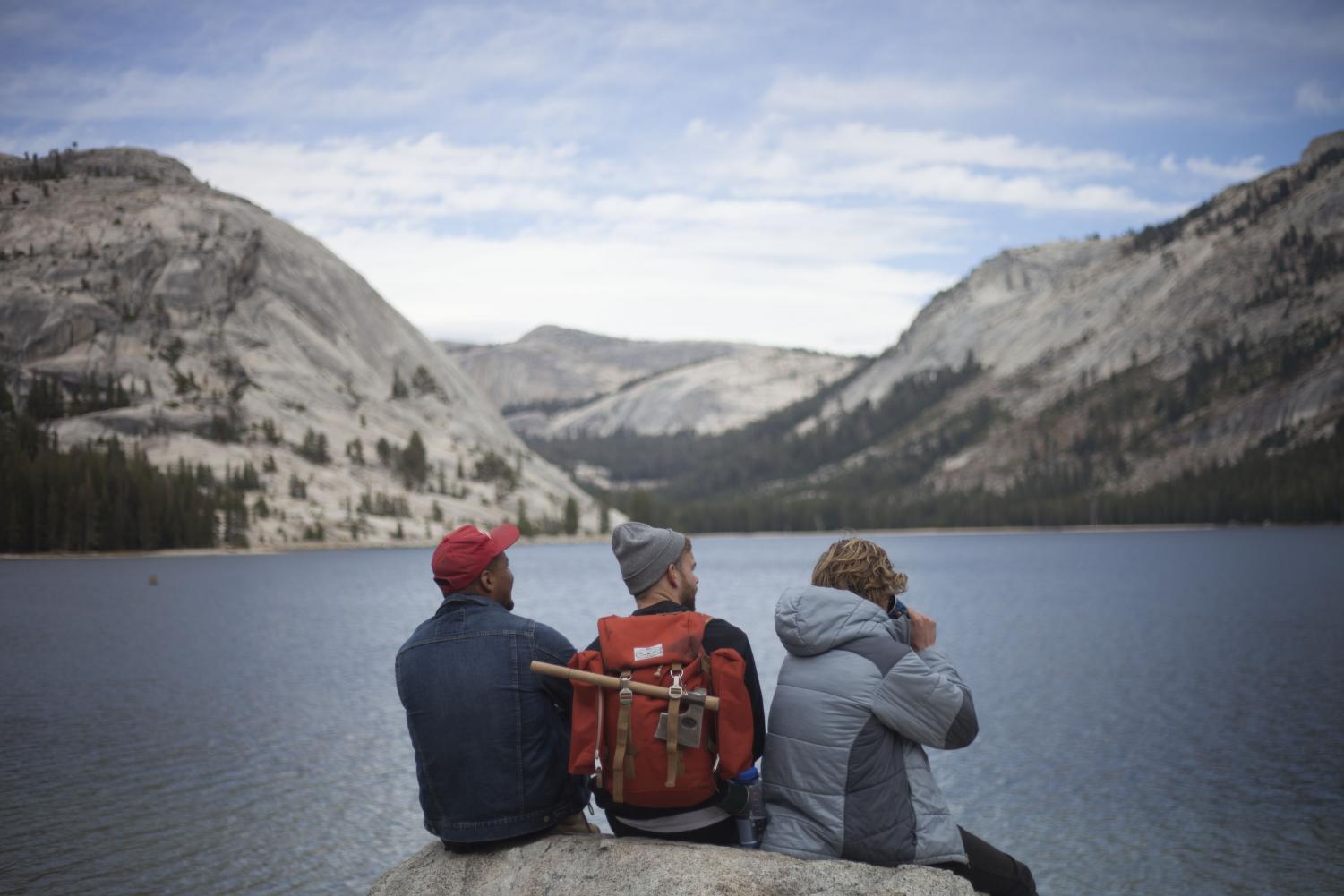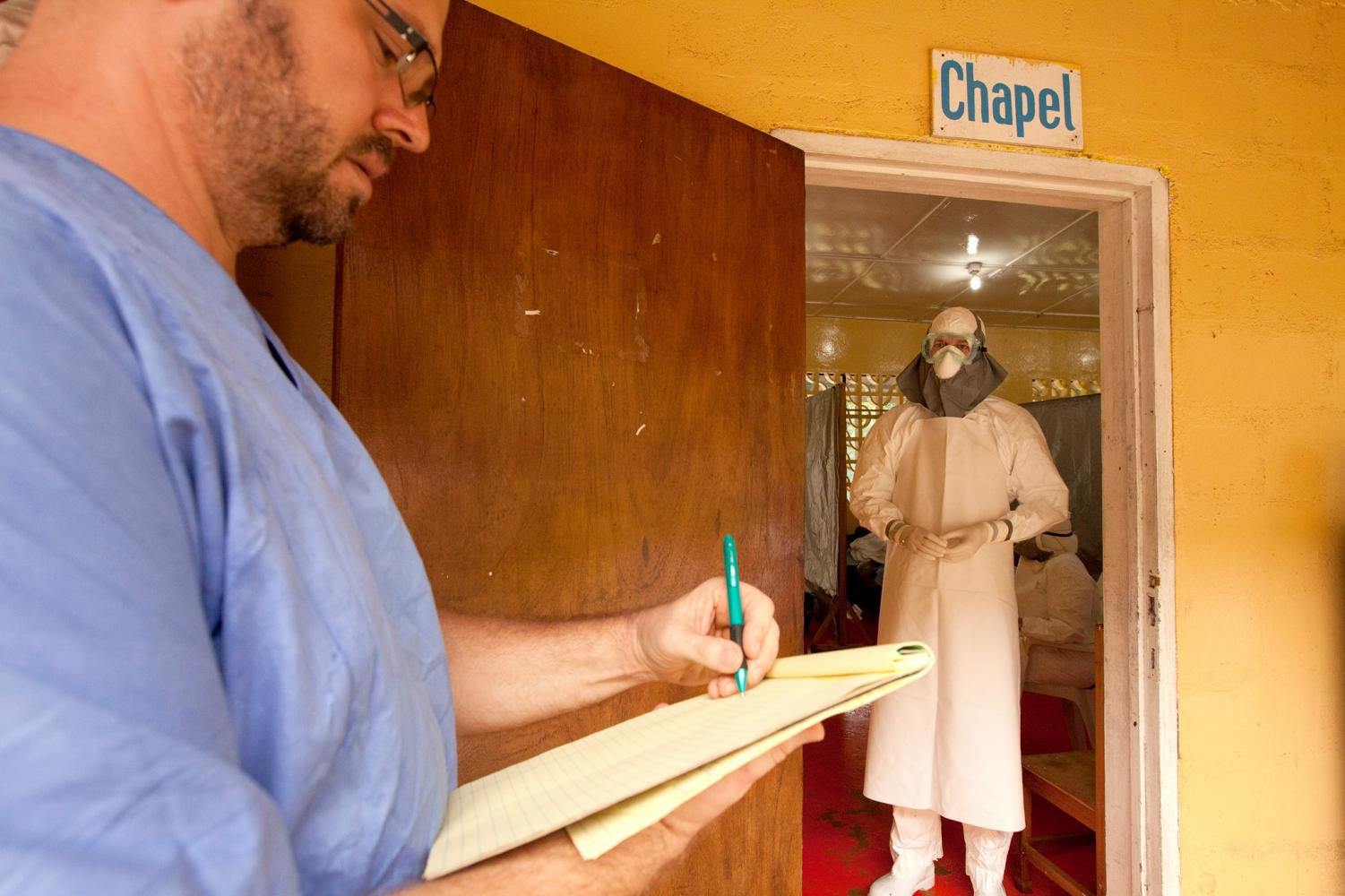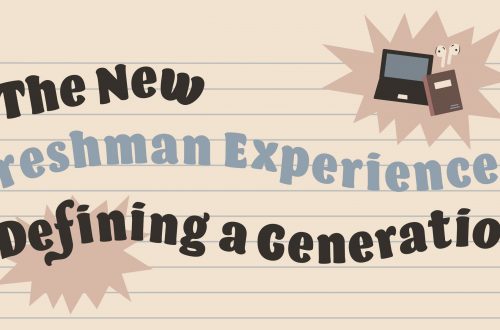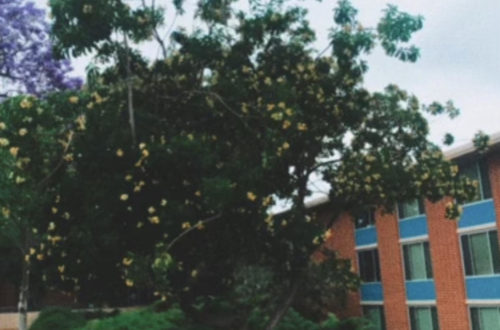Written by Mystiana Victorino
The Point Magazine emerged in 2006 when Tamara Welter, a journalism professor, had a dream to create a student-produced campus publication. Public relations professor Carolyn Kim, then sophomore Carolyn Wallace, served as the first editor in chief.
“The vision was to provide a magazine that could do justice to sensitive issues, pop the Biola bubble and give a human face to its subjects,” said Kim, who still recalls pitching the idea to the school provost.
The Point has enjoyed eight years of publication, yielding 18 issues that have tackled controversies and unearthed some bizarre nuggets of information. These 11 stories from our archives provide an apt retrospective on The Point’s bold, diverse work so far.
Most Debated- A Controversial Calling: Women in the Pulpit by Rebecca Nakashima (Fall 2012) In a male-dominated field, the idea of women behind the podium can still raise some eyebrows. Nakashima concluded that the action of sharing the Word of God holds greater weight than the one who communicates it. Interestingly, Biola currently has 280 female undergrad Biblical Studies majors.
Most Innovative – Top Ten Pit Stops for Web Wanderers by Kati Smith (Fall 2007) It may be difficult to imagine a time before Buzzfeed or Instagram to provide a momentary break from a three-hour study session. This article lists 10 creative online alternatives to MySpace or YouTube in 2007. Popular pitstops for procrastination included puzzlepirates.com, a multiplayer role-playing game, or slacker.com, the equivalent to today’s Spotify.
Most Hardcore – Unshackled by Allison Abel (Spring 2006) In the very first Point issue’s cover story, one Biola student shares how going to jail was the best thing that could have happened to him. On a downward spiral of drugs, alcohol and violence, San Diego native Beau Boyd was sentenced at the age of 16. Introduced to Christianity through a prison church service, Boyd says that doing time is what set him free spiritually.
Most Ironic – Biola/Azusa Lovefest by Kelli Shiroma (Spring 2011) The competition between Azusa Pacific University and Biola University was perhaps one of the most well known in the Golden State Athletic Conference. Shiroma highlights the similarities between schools: Both are Christian universities in southern California, share a love for the color red, and frequently swap professors. Later in 2011, however, 40 years of friendly fighting came to an end when Azusa transferred to the Pacific West Conference in the NCAA Division II.
Most Bizarre –
Contract, Burden or Blessing by Will Anderson (Fall 2006) Two students talk about choosing to attend Biola because of its contract, and finding it helpful in breaking their addictions to marijuana and alcohol. The article also revisited some features of past contracts, thankfully now obsolete. In the ‘80s, shorts were only allowed in the cafeteria on Saturdays. In the ‘50s, curfew violators were subject to “campusing”, a disciplinary action where the guilty party was shunned. The rule forbade students from leaving campus or talking.
Most Retro – Seven Biola Throwbacks by Kristina Nishi (Spring 2014) An overview of the traditions that have been formed and forgotten, this piece highlights some bits of campus culture from past generations. Ever wonder where the old Biola tradition of playing basketball while riding on live donkeys began? The hoofed sportsmanship was invented as a fundraising event in the ‘30s. The ’81 yearbook shows Biola Men, a club that sought to develop community relationships, hosting a game of Donkey Basketball. Dr. Richard Chase, Biolas’ sixth president, can be seen taking part.
Most Daring – Boy Meets Wild by Jesse Kleinjan (Fall 2006) One brave Biola student journeyed across the Sequoia National Park for three days without packing water, food or shelter. Surviving off of the land, eating acorn porridge and trekking through snow-laden woods, Kleinjan took a unique opportunity to experience God’s raw creation.
Most Once-in-a-Lifetime – Biola, CA 93606 (Fall 2010) Hoping to find some similarities, the fall 2010 Point staff took a mid-semester road trip to the northern town of Biola, Calif. The rural community was founded by Bible Insitute of Los Angeles alum William Kerchoff in 1912, just a few years after the school’s 1908 opening. Surrounded by raisin fields, Biola is a quirky town known for its strong sense of community. The staff arrived just in time for the half-a-century-old annual Raisin Day Celebration, a festival complete with a parade and Raisin Man mascot.
Most Insightful – Own Your Stuff: Treasuring Not Trashing by Kahlie Colwell (Spring 2014) In a consumer-oriented society, it can be difficult to see our belongings as God’s and not our own. During one finals week, Biola alumnus Parker Gross found brand-new Nike shoes and more on a dumpster-diving spree. His findings amounted to $2,000 of unwanted goods. While students may not realize the extent of such waste prompted by suitcase size, perhaps the call to simple living is something to take to heart.
Most Practical – Charting the Course by Tonika Reed (Fall 2012) This article addresses the problems many students face when it comes to finances. A Point Magazine survey conducted in conjunction with the piece revealed that 70% of students did not make a budget and were unaware of how much they spent each week. Packed with practical tips that help students to be cash smart when budgeting their money, it suggests assessing needs over wants or using cash instead of credit to avoid overspending.
Most Fashionable – Every “Wear” in Time by Emily Agenjo (Fall 2009) Four Biola professors reflect upon their development of style from their own college experience, and how trends influenced the person they became. They describe their experience of eras like the grunge movement, disco and the British Invasion, taking part in crazes such as bell bottoms and teased bangs. “Everything looks better in the moment,” said Dr. Cassandra Van Zandt, dean of humanities and social sciences.
